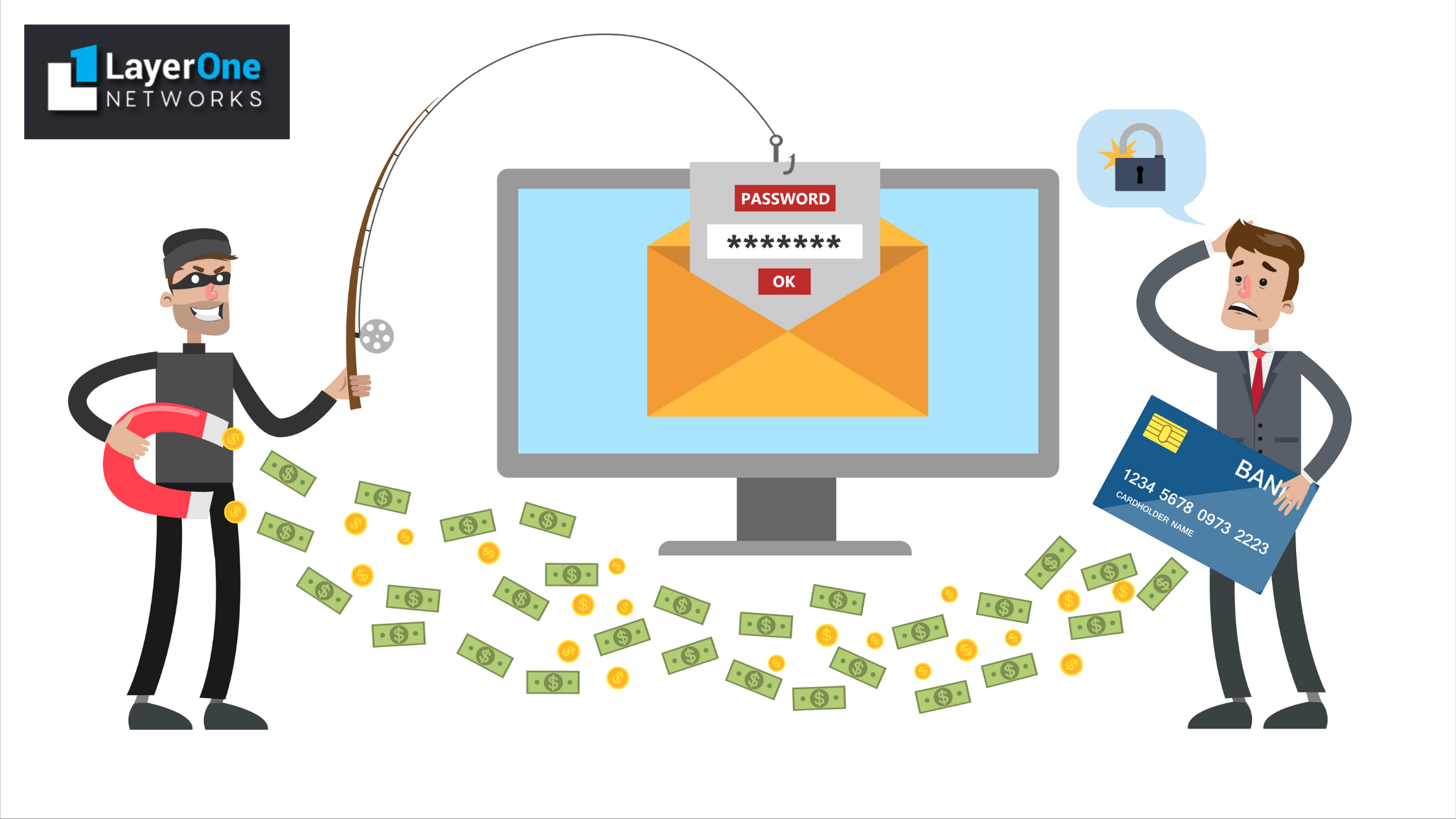The Biggest Data Security Errors and How to Prevent Them
In the technological era, businesses are experiencing multiple cyber threats and data breaches due to continuous reliance on digital tools. However, protecting sensitive information with proper data security is critical for companies and individuals. The rise in cyber threats, including ransomware and phishing attacks, has made data security more complex.
Despite the growing focus on protecting personal information, many businesses still make errors that lead to harmful results. These mistakes can range from simple human error to failure to adopt necessary safety measures. For this reason, they can use proper data security services to prevent cyber threats and safeguard crucial records.
This blog discusses the biggest data security mistakes and offers specific solutions to prevent them from compromising your information protection efforts.
A Deep Dive Into The Data Security Errors
Failing To Implement Proper Data Encryption
One of the most common and dangerous data security errors is failing to encrypt sensitive information. Encryption is an essential safety measure that converts readable information into a scrambled format, making it unreadable to unauthorized users.
Without proper encryption, sensitive details, including personal and financial records, are vulnerable to threat.
Methods To Prevent It
Businesses can implement end-to-end encryption for data both in transit and at rest. They can use advanced encryption standards (AES) to ensure secure encryption keys are properly stored and managed. Thus, encryption can effectively be part of an information security strategy to prevent unauthorized access.
Ignoring Regular Security Updates In Systems
Security updates are often ignored or delayed, leaving systems open to cyber threats. Many security incidents occur because hardware and software vulnerabilities are not repaired on time, allowing cyber attackers to exploit weaknesses in the system and devices.
Methods To Prevent It
Ensure that all essential operating systems, software, and applications are updated regularly. Enable automatic updates wherever possible to protect against the latest cyber threats.
Weak Password Policies and Access Control
Reused or weak passwords are a common records safety issue that exposes the system to cyber threats. Hackers can access personal and business information if they access an employee’s weak password.
In addition, improper access controls can allow unauthorized individuals to access sensitive details, increasing the risk of data breaches.
How To Prevent It
Implement robust password policies that require complex, unique passwords for each account. Use multi-factor authentication (MFA) wherever possible, especially for critical systems. Restrict access to sensitive details based on job roles and use access management systems to monitor and control who can view and modify specific information.
Lack Of User Awareness And Training
Human errors are one of the leading causes of data security breaches. Employees and individuals who are not educated on information safety practices are more likely to fall victim to phishing attacks, social engineering, or accidentally expose sensitive information.
Methods To Prevent It
Train staff regularly on records security best practices. This process includes recognizing phishing emails, understanding the importance of robust passwords, and following company protocols for handling sensitive records. A well-informed IT support team can act as the first line of defense against cyber threats.
Poor Management Of Cloud Storage
Cloud storage solutions offer convenience but can become a remarkable cyber threat without proper management. Improper access controls, misconfigured storage settings, and the lack of encryption can expose personal details to attackers.
How To Prevent It
Ensure that the cloud storage providers offer robust security measures, including encryption and compliance with information protection regulations. Regularly audit cloud storage configurations and permissions to ensure they align with your information protection needs. You can use cloud security tools to monitor and protect information in the cloud.
Not Having A Data Security Strategy In Proper Place
Without having a comprehensive data security strategy, businesses and individuals working in a remote work environment are unprepared to handle cyber incidents effectively. This process can result in confusion, prolonged recovery times, and greater damage to the firms.
How To Prevent It
You can develop and implement a detailed information security strategy. This function should include risk assessments, incident response plans, and regular testing of safety measures. In addition, a proactive approach ensures you are well-prepared to resolve threats before they become remarkable issues.
Falling To Phishing Attacks And Social Engineering

Phishing attacks and social engineering tactics remain among the primary methods cybercriminals use to access sensitive information. Cyber attackers can steal login credentials, financial records, and more by precisely tricking individuals into providing personal information.
Unique Methods To Prevent It
You can educate your employees about phishing attacks and social engineering methods. Use email filters to block suspicious messages and implement two-factor authentication (2FA) to add a layer of protection. Always be cautious when clicking on links or attachments from unknown sources.
Building A Resilient Data Security Strategy For Data Protection
Data security is essential in the modern digital environment, where cyber threats continuously evolve. By precisely understanding the most prominent information safety errors, such as failing to encrypt records, ignoring updates, or falling for phishing attacks, you can take steps to protect your sensitive details.
Implementing a robust information security strategy, educating employees, and using proper safety measures can minimize the risk of cyber attacks, data breaches, and unauthorized access.
Whether you are a business working with an IT consulting firm to safeguard customer details or an individual managing your records, being proactive about records protection can make a huge difference. Consider investing in professional data security services to ensure your records remain secure from cyber threats.
